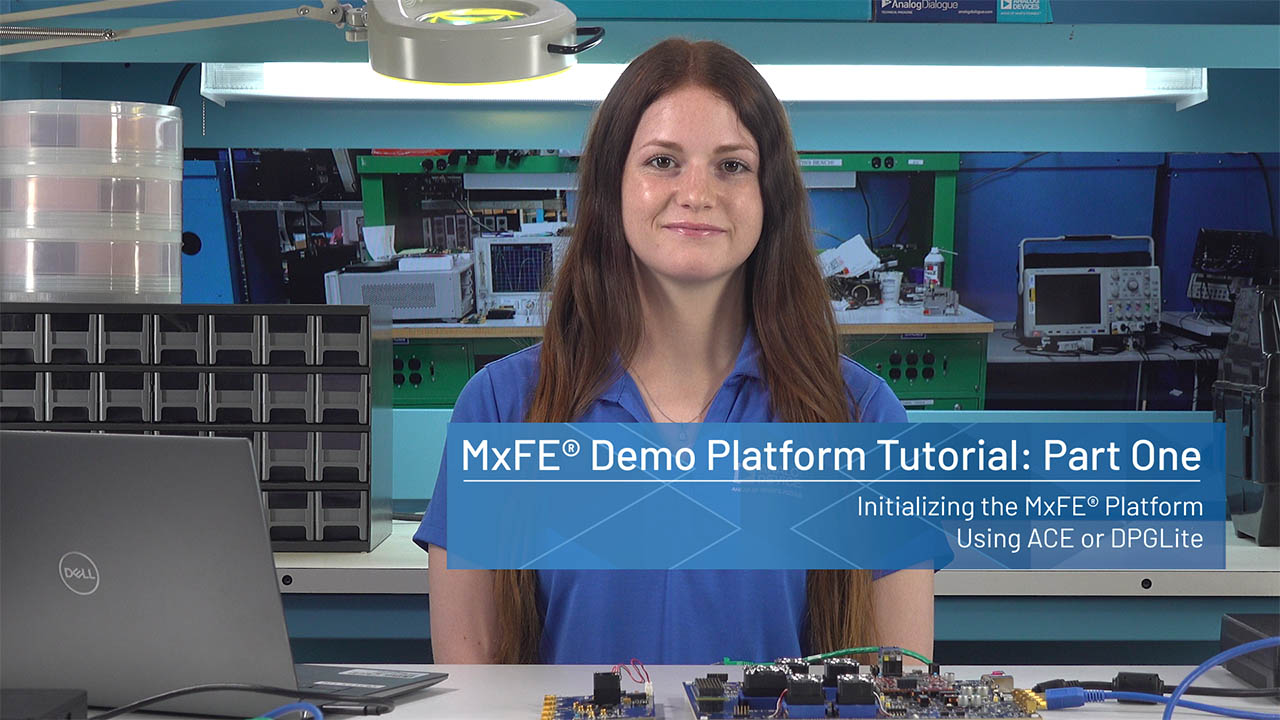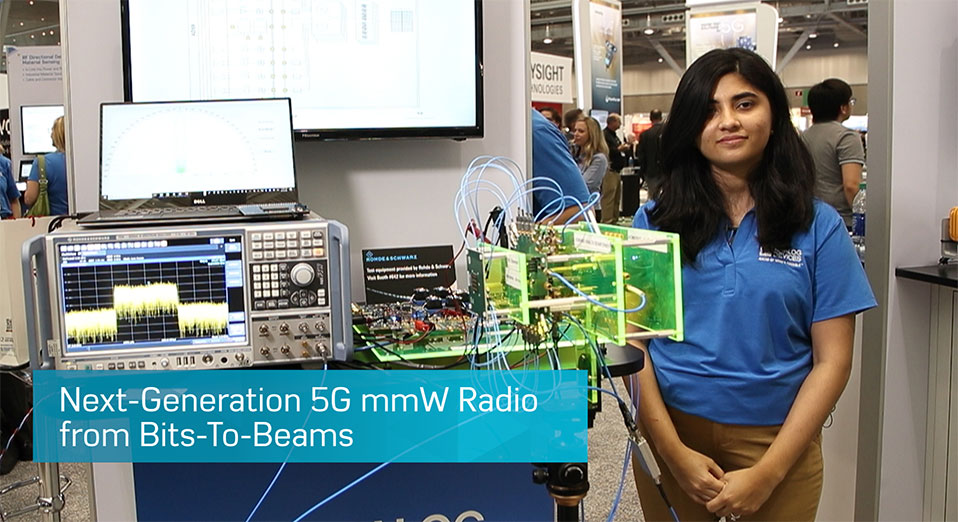RF and Microwave


- Attenuators
- Beamformers, Phase Shifters, and Vector Modulators
- Communications Analog Front Ends
- Frequency Dividers, Multipliers, and Detectors
- I/Q Modulators and Demodulators
- Phase Locked Loop (PLL) Synthesizer & Translation Loop
- Quadrature Digital Up Converters (QDUC)
- RF Connectorized Modules, System In Package, and Instrumentation
- RF Integrated Transmitters, Receivers, and Transceivers
- RF Mixers
- RF Power Detectors
- RF Predistortion Ics
- RF Switches
- Timing IC and Clock IC
- Tunable Filters
- Voltage Controlled Oscillators (VCO)
- Wireless Sensor Networks
AD9082



















